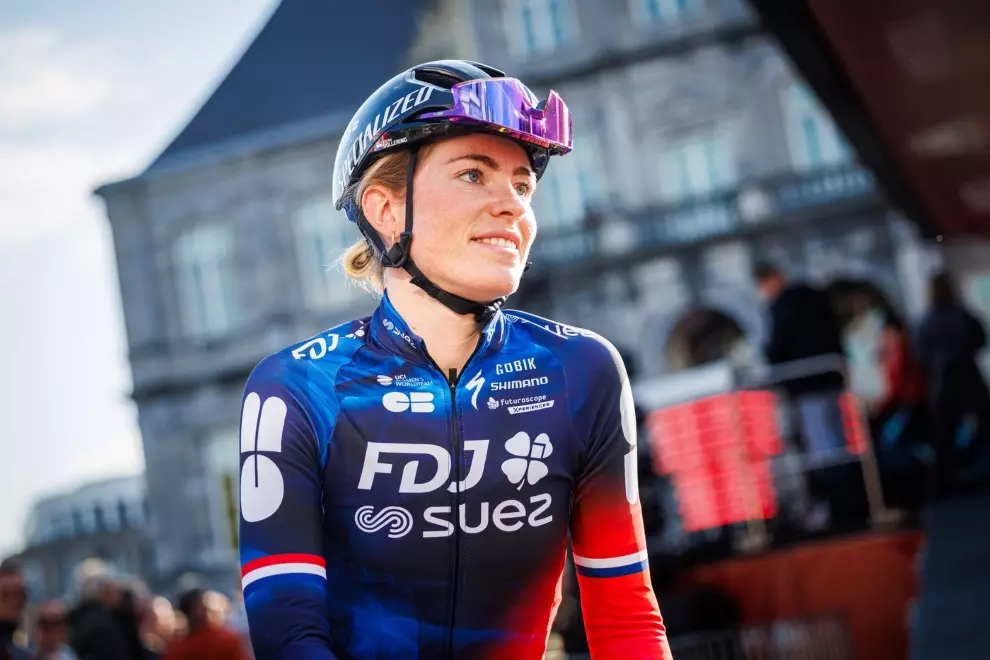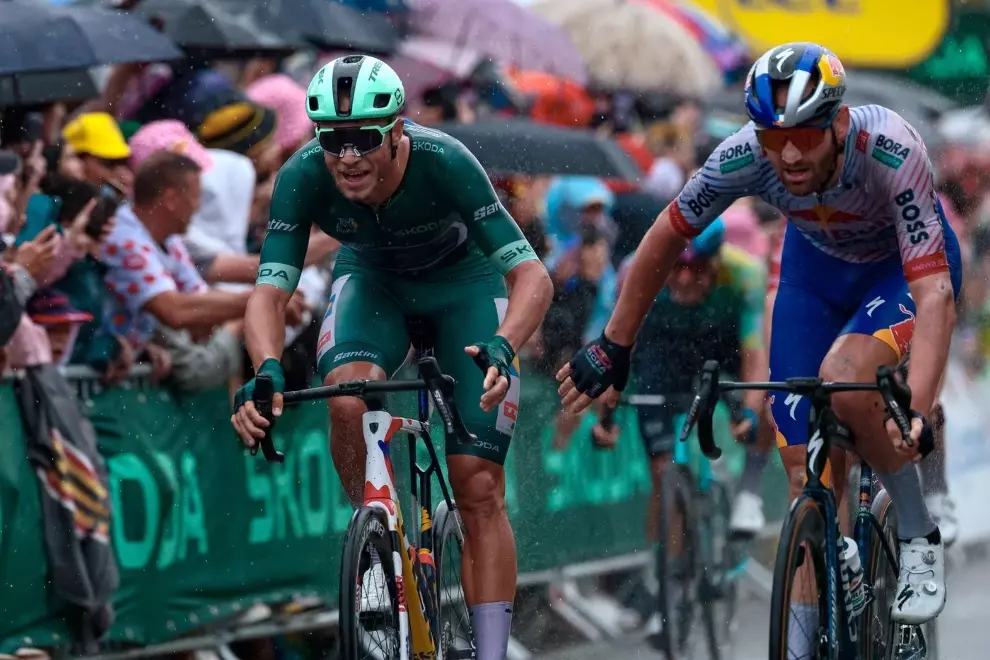No More Tires Getting Caught in the Gap
A “jughandle design” refers to the shape of a cycling path as it connects to a railroad crossing. Some cycling paths approach railroad crossings at very narrow angles which makes it likely that a rider’s tire could get caught in the gap between the rail and the pavement. The jughandle design realigns the bicycle approach to about 60 degrees, which significantly decreases the risk of a tire being caught in the gap and the resulting crashes.
Previous designs recommend an even safer 90 degrees approach. The problem is that a 90-degree connection is not always possible which is why narrow angles end up being used in some cases. Professor Chris Cherry from the University of Tennessee decided to conduct a study back in 2017 to evaluate video data of 13,247 cyclists crossing a railway in Knoxville at a narrow-angle. His analysis showed such a high rate of crashes that the City of Knoxville made improvements. They diverted the bike lane (in the shape of a jughandle) to create a safer approach at about 60 degrees. The video of crashes captured as a part of this study went viral.
98 % Reduction In Crashes
Professor Cherry designed his 2020 study as a follow up to his original 2017 paper. More data was collected after riders were familiarised with the new jughandle design and then they were compared to the original data set from 2017. The outcome of the 2020 study shows that a low-cost jughandle realignment reduces the crash risk of single bicycle crashes by 98 % while crossing the rails. It also showed that most riders comply with the realignment by following the new recommended path over the railroad tracks. These results suggest that interventions that approach 60 degrees should be encouraged especially in situations where 90-degree angles are not a viable option due to space restrictions.




